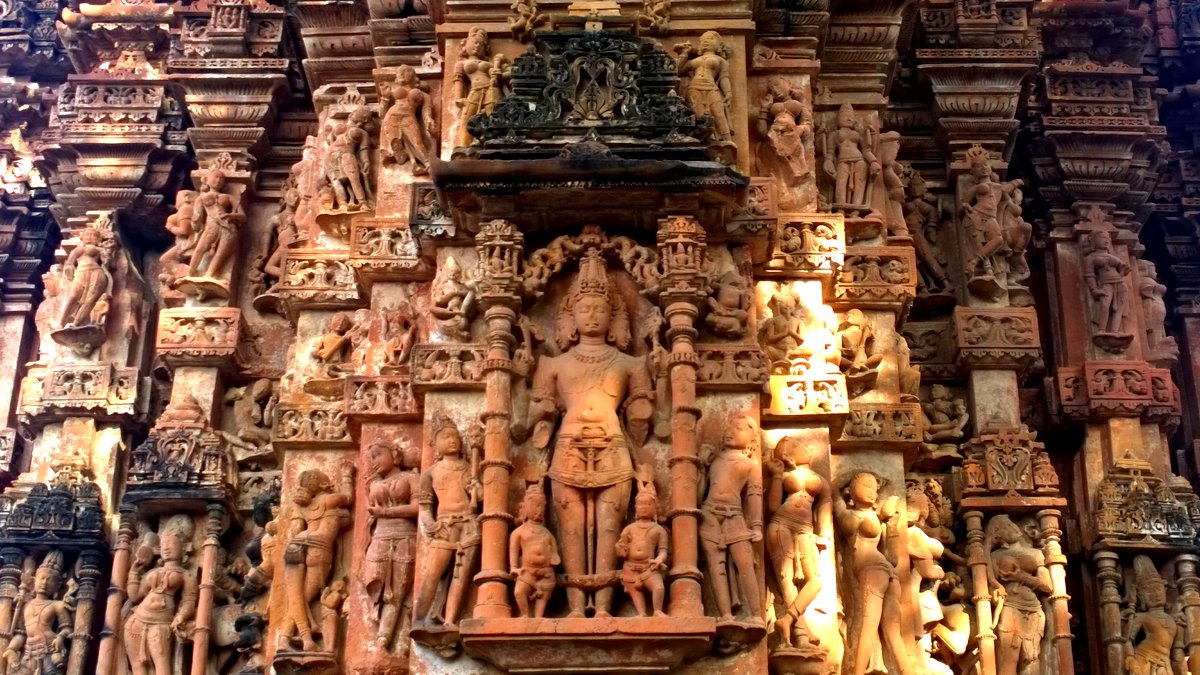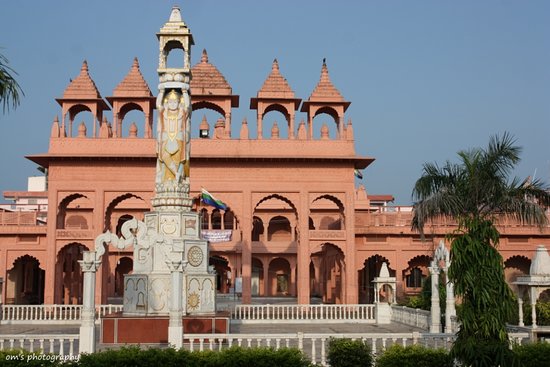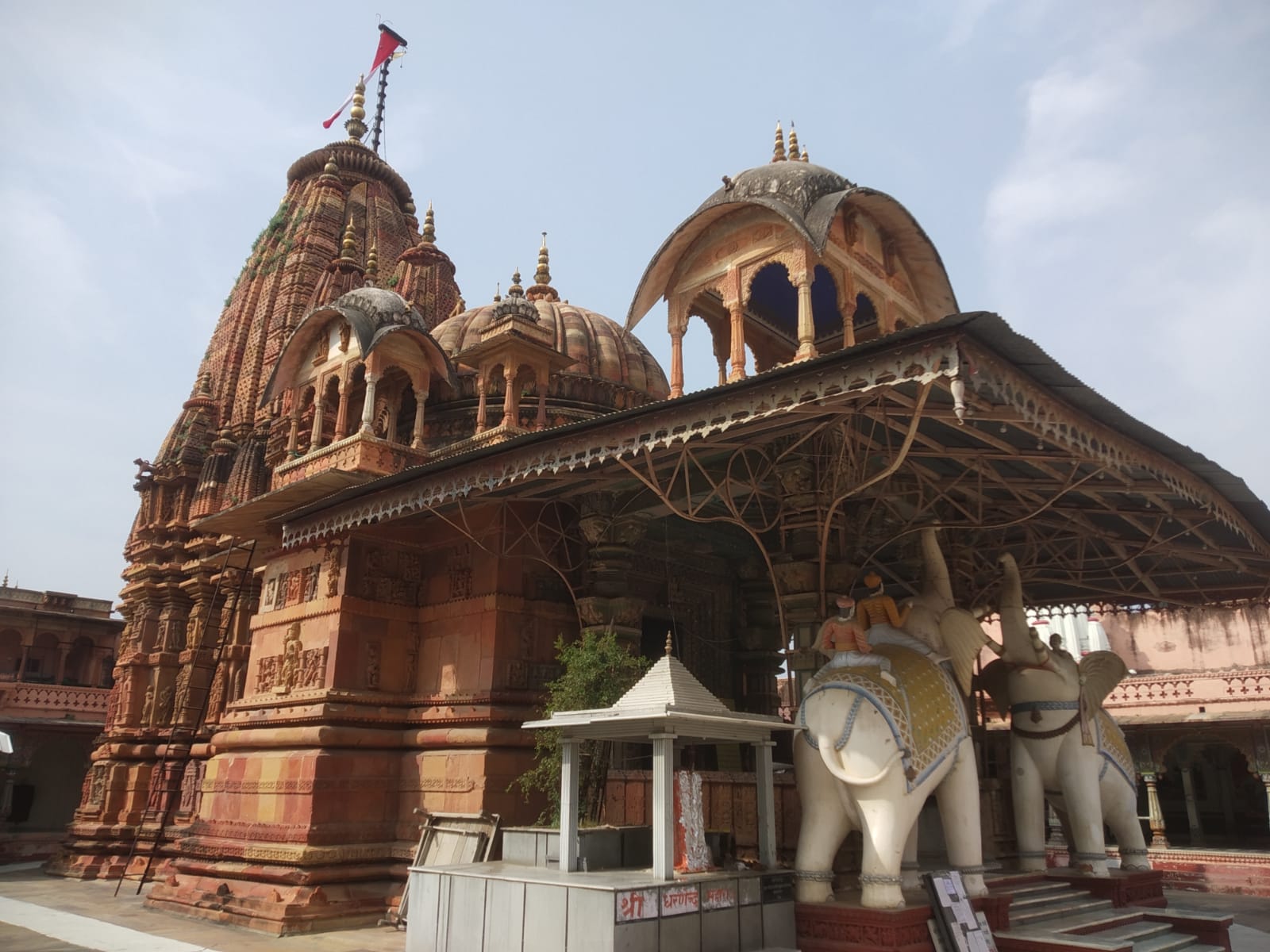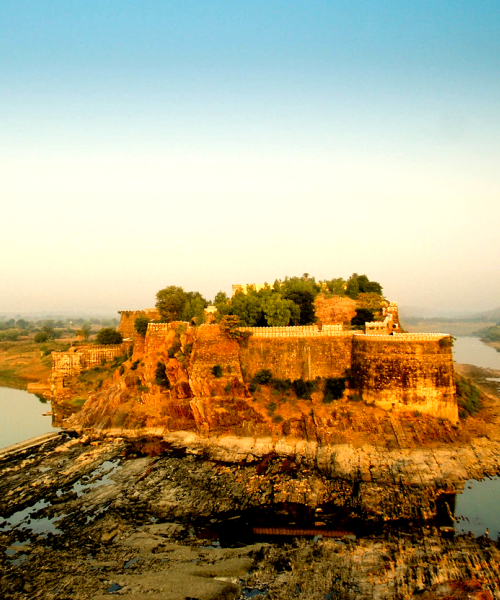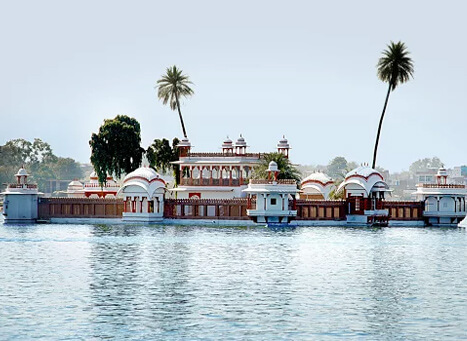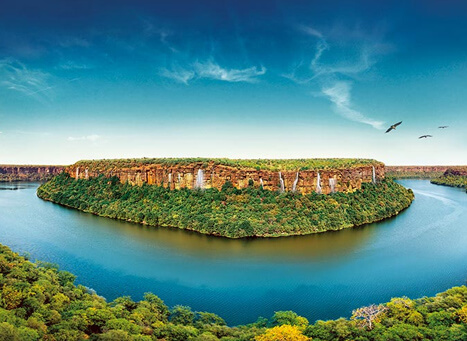Contact
-
Email
info@isaconjhalawar.com -
Phone
+91 9829040412 -
Address
Man Singh Hotel & Resort Jhalawar, Rajasthan
© Copyright 2022 All rights reserved | This Website is made by Aarohan Research Lab & Softwares

